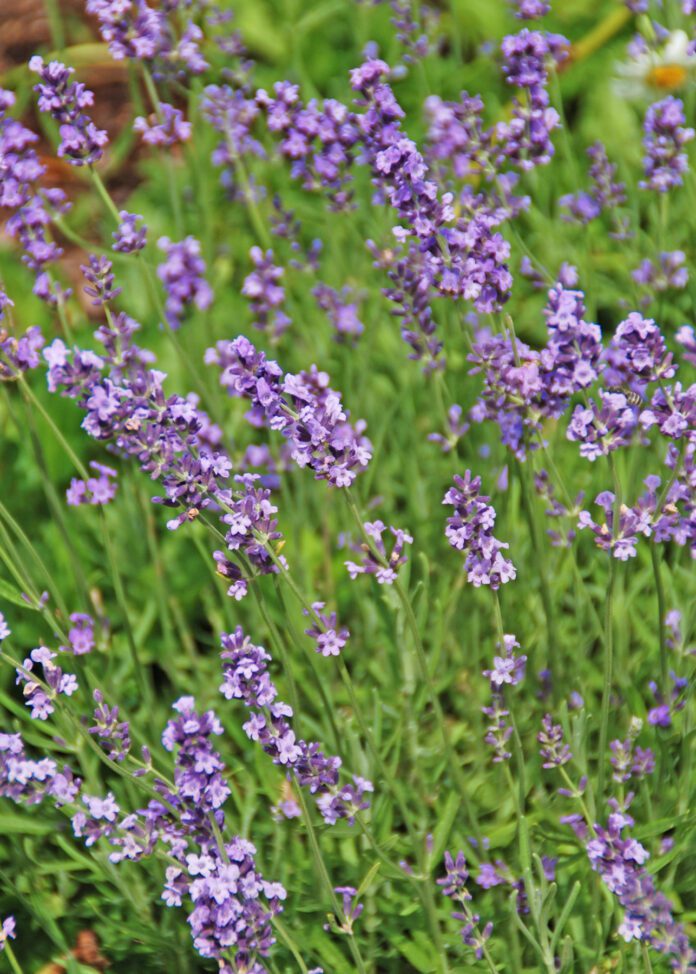
Enjoy and share the beauty of your flower garden all year long. Pick and dry a few flowers to use in flower arrangements, craft projects or as gifts for friends and family.
Pick the flowers when they are at peak bloom and blossoms are dry. Cut flowers for drying mid-day when they contain less moisture to reduce the dry time.
Use a bypass pruner or garden scissors to cut the stems above a set of healthy leaves. Remove the foliage and gather them into small bundles. Secure the stems with rubber bands that contract as the stems shrink and continue holding them tight. Use a spring-loaded clothespin to hang the bundles from a hanger, clothes line or nail. Allow the flowers to dry in a warm, dark, dust-free location.
Flat-faced flowers like daisies tend to close a bit when dried upside down. Try laying them face down on a flat surface. Simply cut off the stem and place the flowers face down on newspaper in a warm, dry location. Once dried, you can glue them in place or use florist wire to create stems for arranging.
And don’t forget to pick a few seedpods from perennials and ornamental grasses. These have dried, for the most part, on the plants and make great additions to your dried flower arrangements and projects.
Consider taking a trip to your local florist or craft store for more ideas and materials for drying delicate flowers. Silica sand works well for delicate blossoms like iris as well as roses, mums and more. Simply fill the bottom inch of a container with silica sand. Remove all but an inch of the flower stem. Place the flower, stem side up or on its side, on the surface of the silica sand. Gently pour silica sand over the flowers until completely covered. Follow label directions. Most flowers dried this way maintain their beauty when dried in silica sand. Just use a small paint brush to gently remove any remaining sand.
Test flowers for dryness before putting them in an arrangement or storing for future use. Carefully rub a piece of the flower between your fingers. If it feels dry, it is ready to use. If it still feels moist, continue letting them dry.
Store extra dried flowers in a location with low humidity and away from direct sunlight. Consider loosely wrapping with newspaper or kraft paper to prevent crushing and place in a box until needed.
Whichever drying method you choose, the result is the same – year-round enjoyment of your garden’s beauty.















